
Children’s anime, referred to as kodomomuke anime in Japanese, has been a source of joy for young audiences across the globe for many years. These animated series, designed with kids in mind, range from heartwarming tales to exhilarating adventures and have become iconic and impactful in the world of animation.
Numerous narratives explore classic themes of friendship, bravery, and maturing that deeply connect with youthful viewers.
Whether you’re in search of valuable life lessons, laugh-out-loud humor, or heart-pounding action, anime has something for everyone. For those wanting to enjoy great anime with their children or relive childhood favorites, here are 10 of the best kids anime of all time.
10 Must-Watch Kids Anime for Children
1. Sazae-san
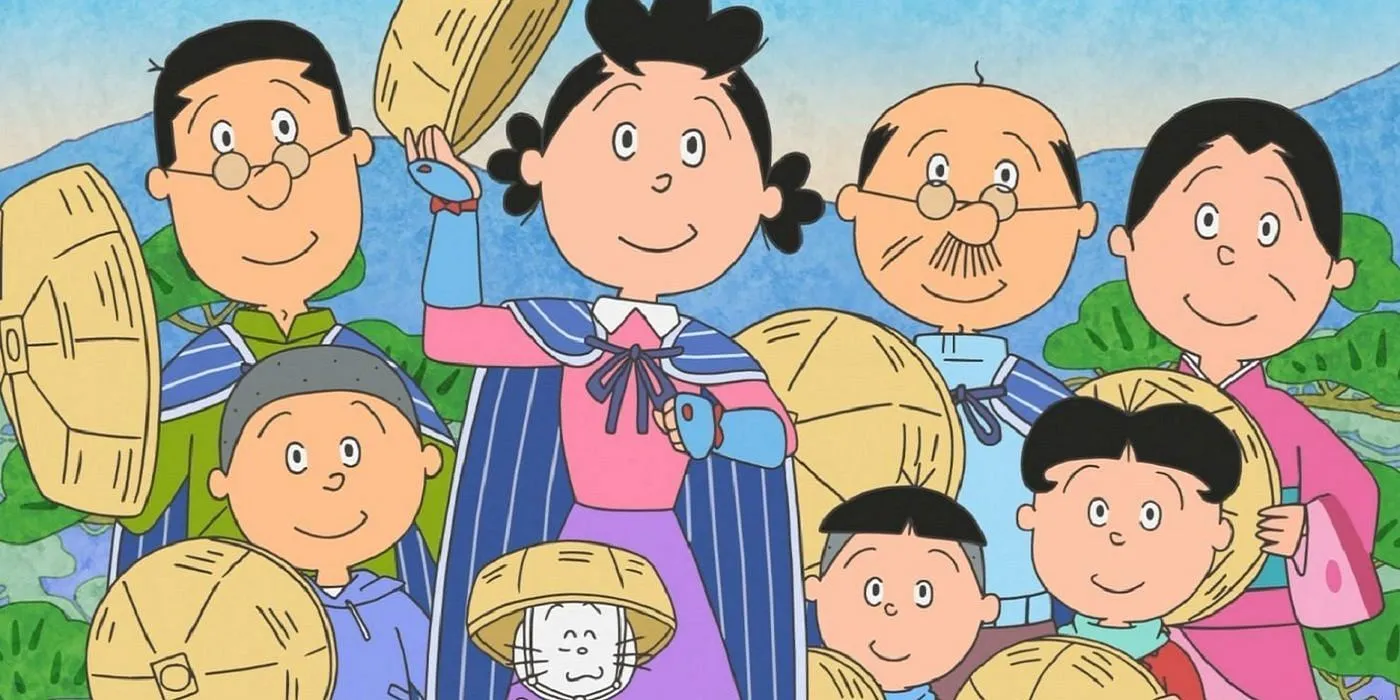
Having aired continuously since 1969, Sazae-san currently holds the title of the longest running animated television series according to the Guinness World Records. The show follows the daily life of Sazae, a suburban housewife, and her unique family and friends, and is highly regarded as a cultural staple in Japan.
Although Sazae-san features traditional animation and setting, its gentle pace and exploration of universal family themes such as household dynamics, generational gaps, and work-life balance give it a timeless charm.
Throughout the years, people of all ages have been entertained by the comedic moments and relatable challenges of the Fuguta family. With a staggering 7700+ episodes and still going, the continued success of Sazae-san demonstrates its timeless appeal as a beloved children’s anime for multiple generations.
Doraemon
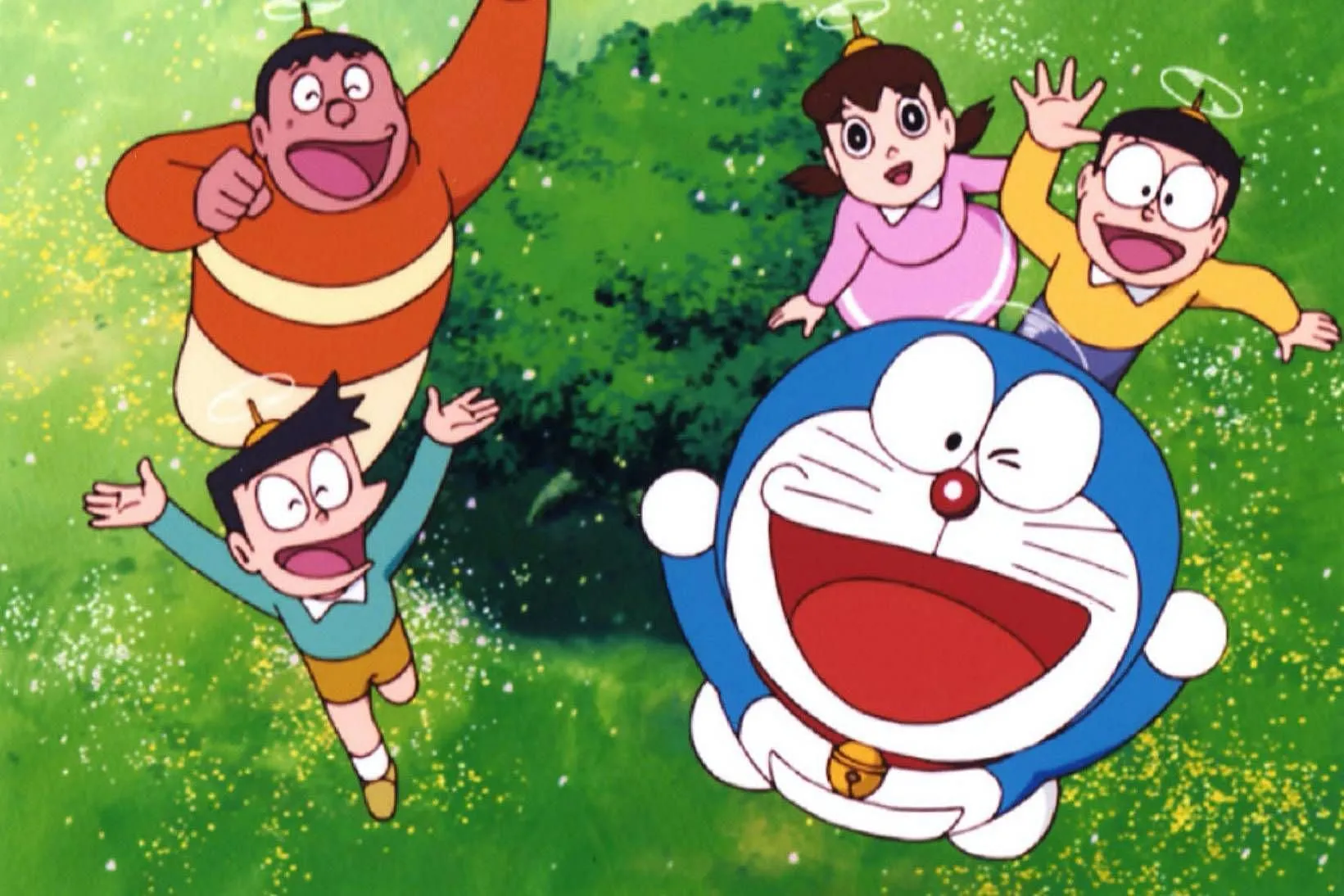
Since his debut in 1969, Doraemon, the earless robotic cat, has become Japan’s most well-known kids’ anime character. Despite being sent from the 22nd century, Doraemon’s clumsy nature often leads to as many problems as solutions as he helps pre-teen Nobita Nobi with his futuristic gadgets, winning the hearts of people globally.
The enduring Doraemon series cleverly blends elements of science fiction, humor, and emotion to delve into common challenges such as academic struggles, self-doubt, and mistreatment from others. Doraemon’s hidden gadgets offer imaginative and often ethical resolutions, imparting valuable wisdom and guidance.
Although their advanced gadgets may pose problems, Nobita and his friends consistently overcome difficulties through their bravery, compassion, and cooperation.
3. Popular Animated Series: Crayon Shin-chan
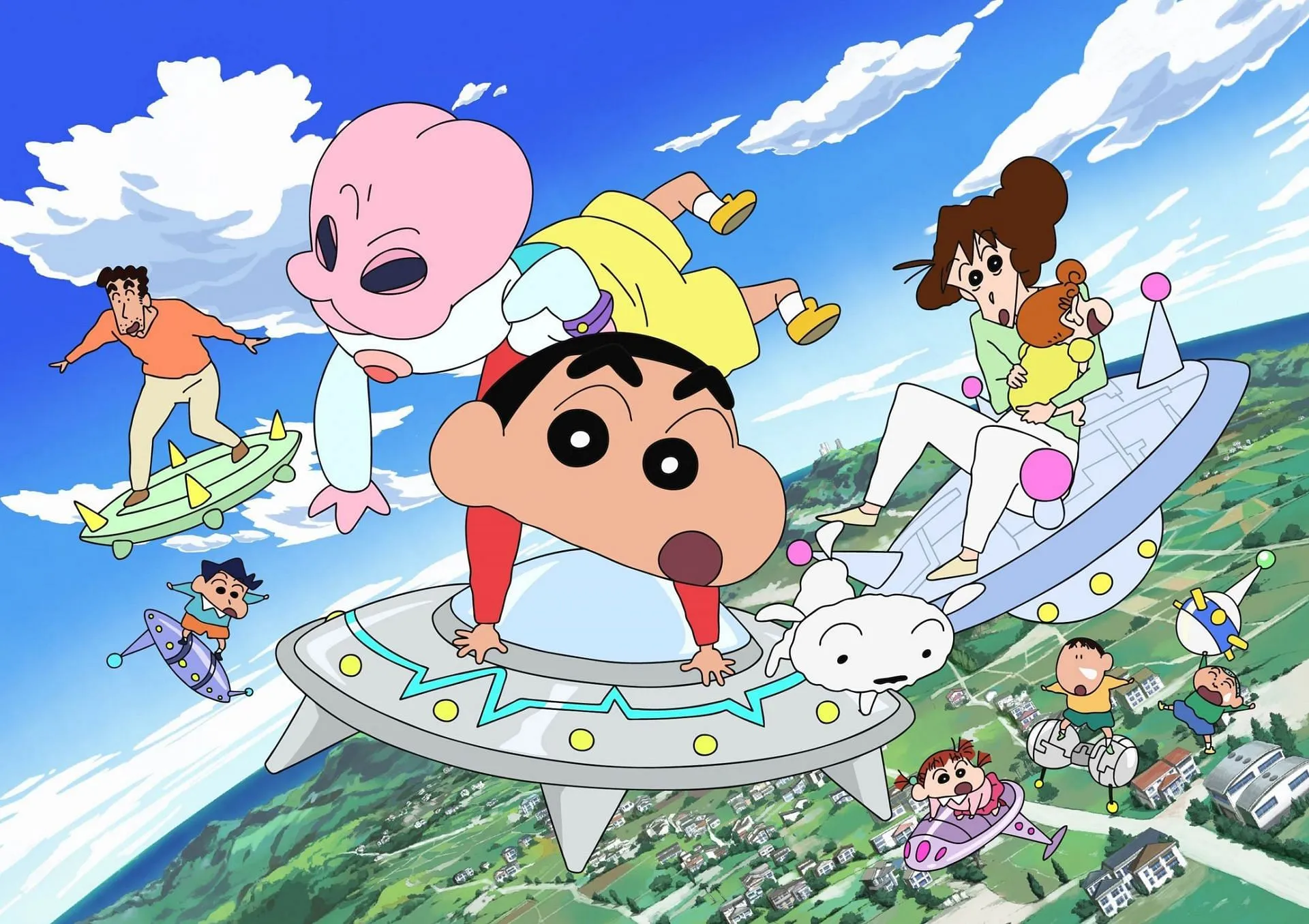
Shinnosuke “Shin” Nohara, also known as Shin-chan, has been bringing joy to Japanese children with his cheeky sense of humor since 1990. Despite his unintentional hilarity and blunt nature, the clever yet impolite Shin-chan openly shares his unfiltered thoughts on any topic.
Shin’s silly adventures in Crayon Shin-chan result in chaotic comedy, often leading to trouble. Despite causing frustration for his short-tempered parents, teachers, and neighbors, Shin’s lovable naivety remains unchanged as he remains unaware of the mayhem he leaves in his wake.
Crayon Shin-chan’s cute appearance hilariously juxtaposes with his mature speech patterns and mannerisms, satirizing adult culture. The franchise, which includes over 1000 anime episodes and spin-offs, continues to be a beloved children’s anime today.
Pokémon
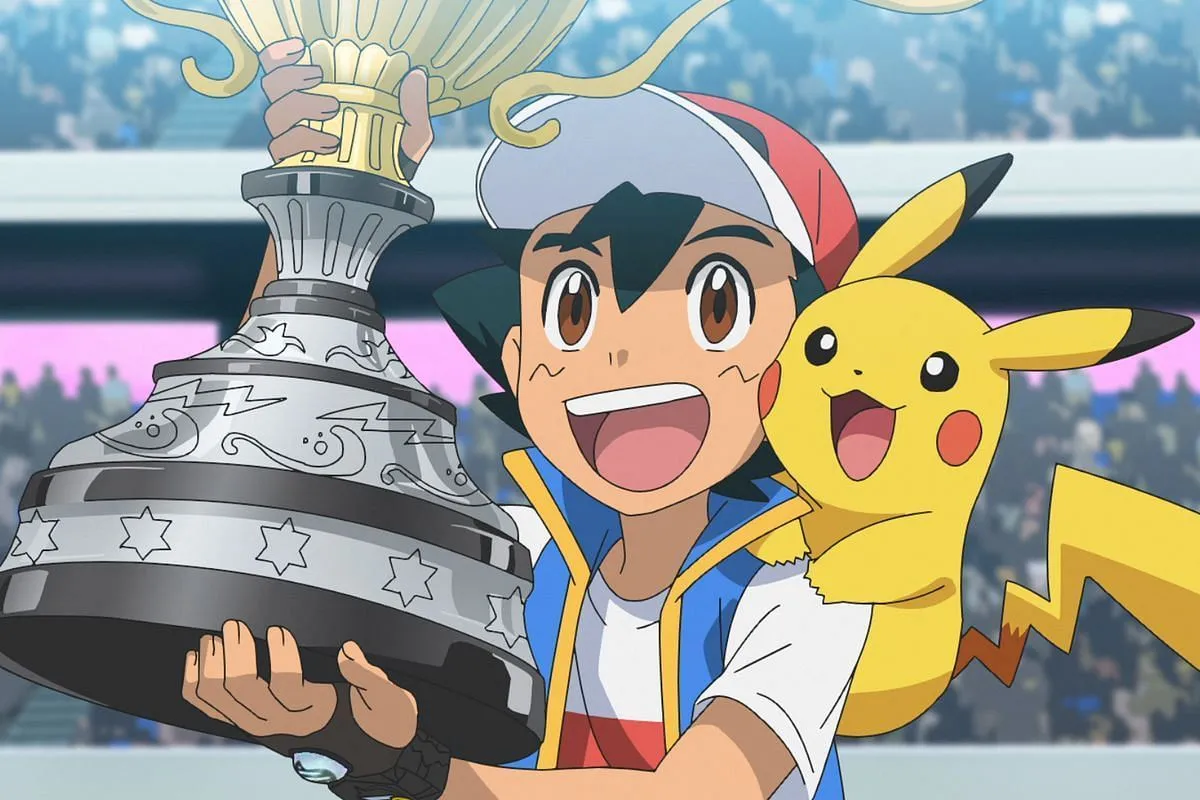
It is impossible to compile a list of famous children’s anime without including the widely popular Pokémon. Originally released in Japan in 1997 under the title Pocket Monsters, the vast Pokémon franchise, which revolves around the capture and combat of fantastical creatures known as Pokémon, has become a global sensation.
With a total revenue of more than $100 billion so far, the anime series of Pokémon chronicles the never-ending journey of 10-year-old Ash Ketchum and his faithful companion Pikachu. Together, they embark on exciting escapades, challenging gym leaders in various regions as Ash relentlessly pursues his ultimate goal of becoming a Pokémon master.
The animated Pokémon series has captured the hearts of its viewers with its imaginative world, thrilling battles, and focus on the strong bonds between people and Pokémon. With 24 seasons and more than 1000 episodes, as well as numerous movies, the show continues to entertain and engage audiences.
5. Cardcaptor Sakura
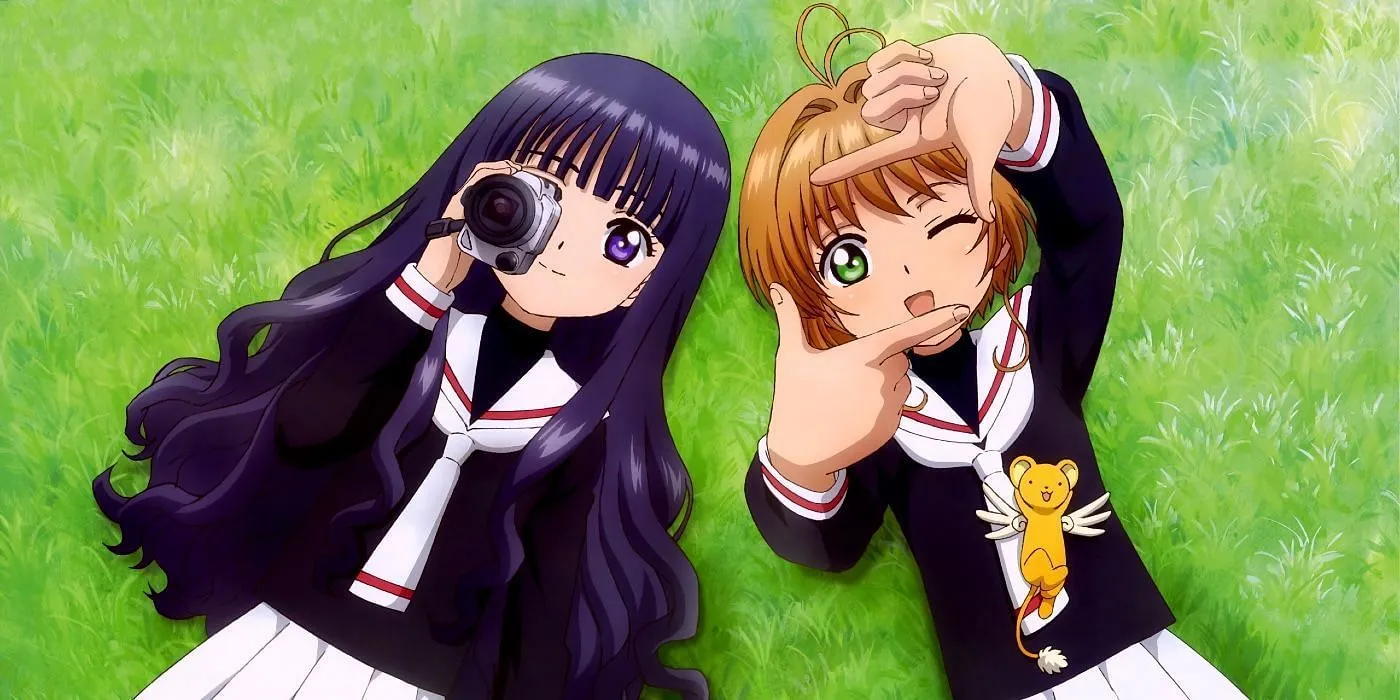
Widely regarded as a masterpiece in the magical girl genre, Cardcaptor Sakura from 1998 tells the story of Sakura Kinomoto, a young girl who stumbles upon a book filled with powerful magical cards and inadvertently scatters them throughout her hometown.
With the assistance of her guardian beast Cerberus, Sakura transforms into the Cardcaptor, utilizing her enchanted staff and unique costume designs to recover the lost cards. Combining elements of fantasy, adventure, school life drama, and heartwarming coming-of-age themes, Cardcaptor Sakura quickly gained widespread popularity throughout Asia.
This anime series for children skillfully blends intense fantasy battles with Sakura’s ordinary challenges at school and her relationships with peers. Its ongoing sequels have kept the narrative alive, solidifying Cardcaptor Sakura’s reputation as a beloved magical girl figure, cherished for its relatable themes and heartfelt storytelling.
Ninja Hattori-kun
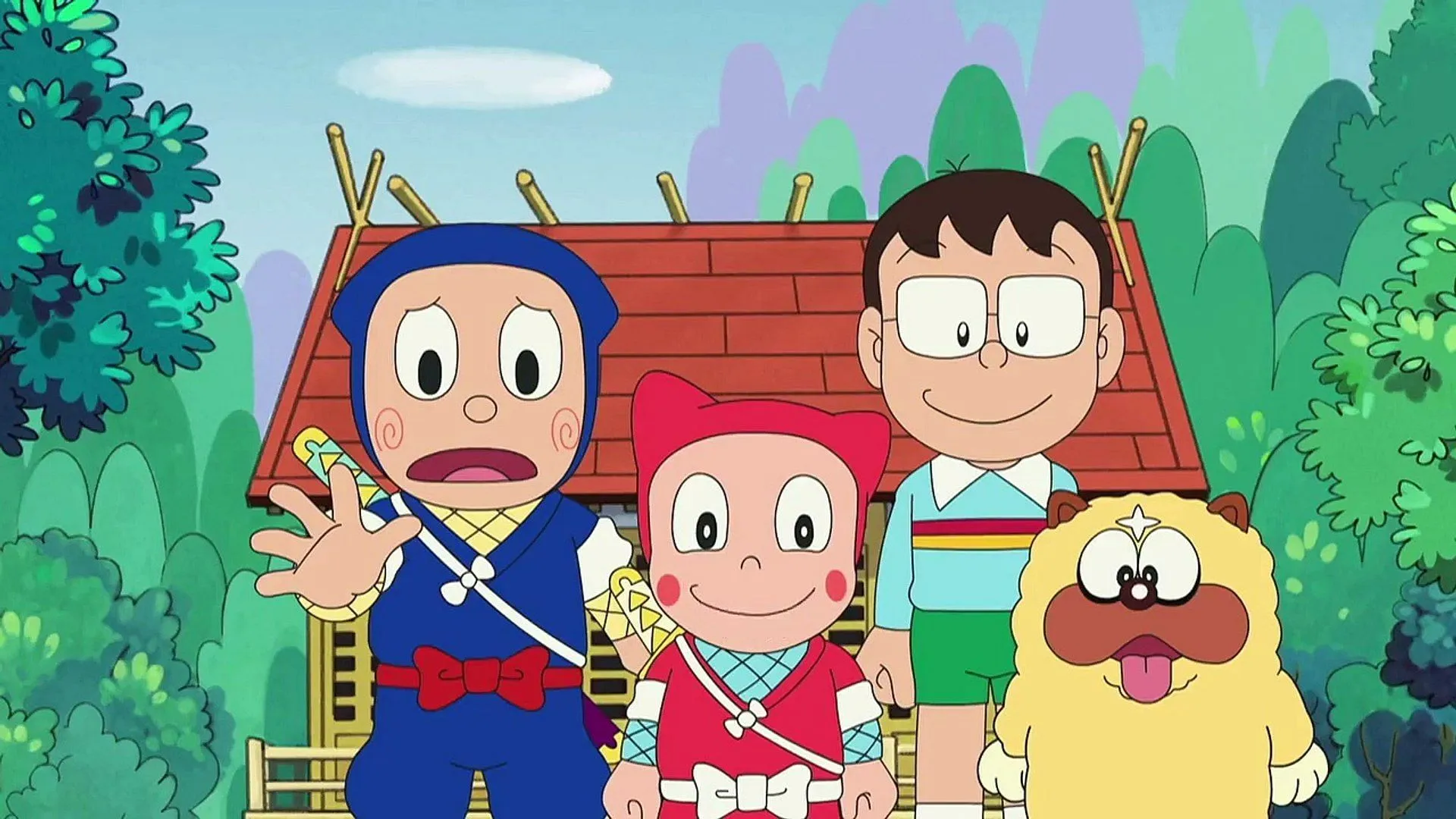
Ninja Hattori, one of Japan’s most beloved kids anime characters, first appeared in manga form in 1964 and later became an animated series. The story follows Kenichi Mitsuba, a typical young boy who befriends Hattori, a ninja boy of the same age. Together, they use Hattori’s comical ninja skills to solve everyday issues.
Combining elements of ninja action, samurai comedy, and school drama, Ninja Hattori-kun quickly rose to fame as a highly influential children’s anime and was among the first anime to be widely exported to various countries.
Despite its age, the show’s slapstick physical comedy, endearing characters, and relatable stories about school and friendship still possess a charming nostalgic appeal. Numerous fans, who have now become parents, are passing on their love for classic Ninja Hattori-kun episodes to their children, ensuring that its legacy lives on.
7.World Masterpiece Theater
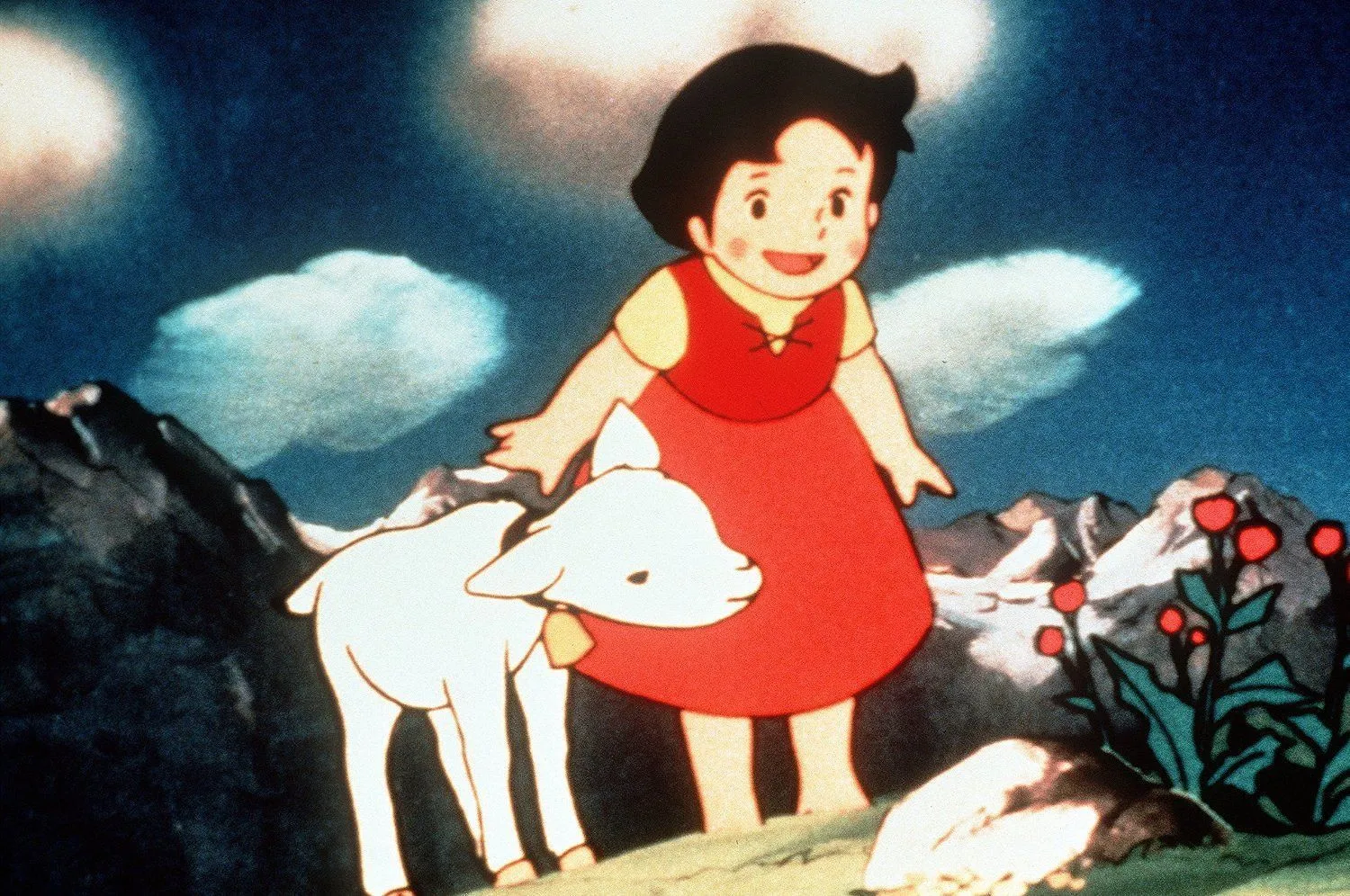
From 1969 to 1997, the World Masterpiece Theater series, produced by animation company Mushi Production, brilliantly transformed beloved children’s literature into animated TV series that aired annually.
For many generations around the world, World Masterpiece Theater captivated audiences with powerful and poignant stories filled with valuable life lessons. Some of its most beloved works, such as Swiss author Johanna Spyri’s Heidi, Girl of The Alps (1974) and Frances Hodgson Burnett’s novels Little Princess Sara (1985) and Little Lord Fauntleroy (1988), have become timeless classics.
These anime series, which primarily focus on young heroines, captivate audiences with their intimate character struggles, poignant coming-of-age themes, and heartwarming portrayals of familial love conquering adversity.
8. Chibi Maruko-chan
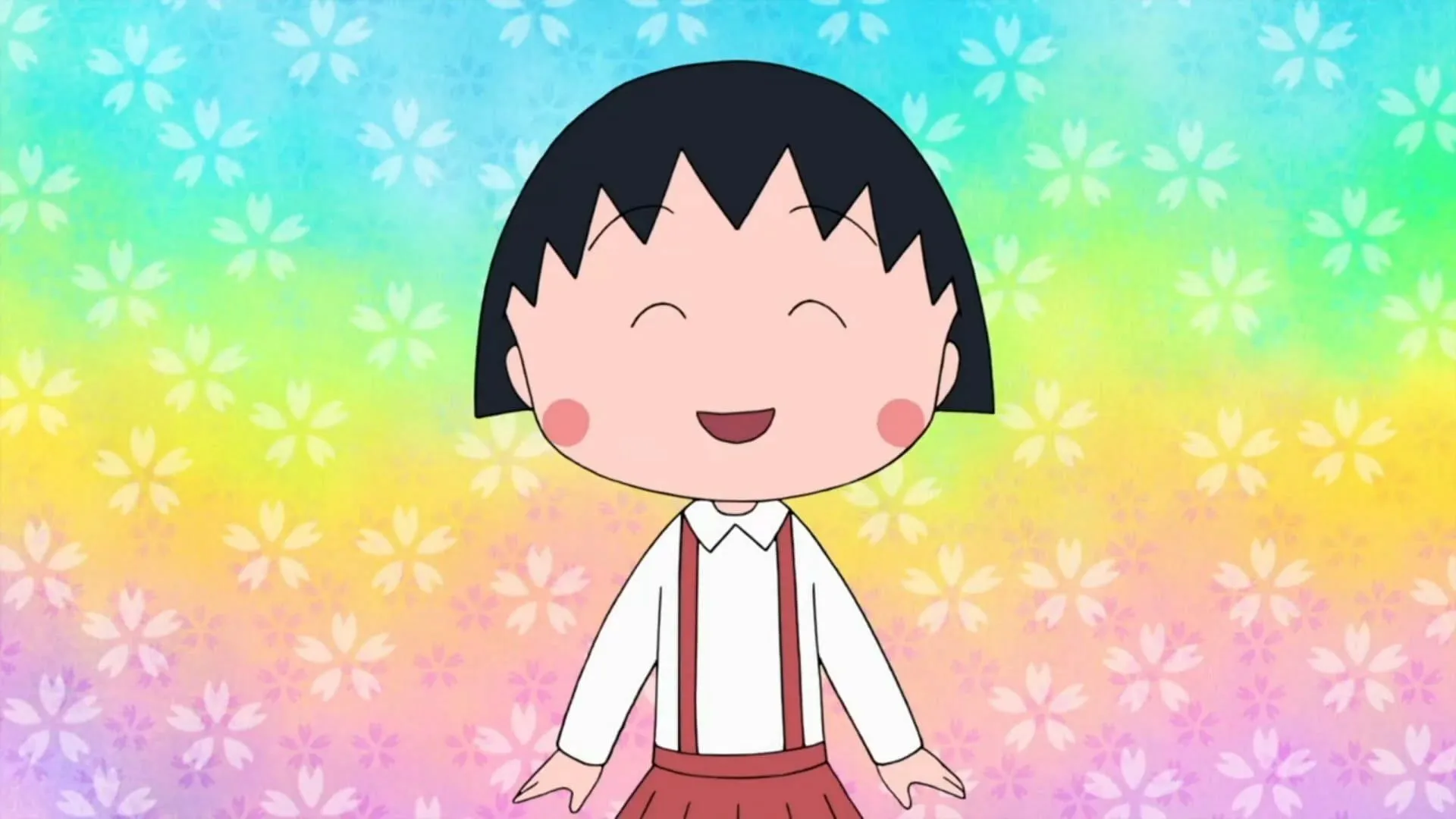
Momoko Sakura, the creator of the popular manga series, skillfully captures the relatable moments of childhood through the playful and mischievous character of Maruko in this humorous drama that first aired in 1990.
Growing up in Shimizu City during the 1970s, Maruko was a determined elementary school student who tackled tasks such as homework, chores, and maintaining relationships with friends and family. Despite her innocent and doll-like appearance, the mischievous Maruko had a keen eye for observation and never hesitated to share her witty remarks on everything from school outings to family disputes.
Despite Maruko’s stubbornness causing occasional trouble, Chibi Maruko-chan’s heartwarming and nostalgic depiction of suburban Japanese family life during simpler times continues to resonate with viewers of all ages. Throughout the 1500 anime episodes, Maruko matures but the series maintains its charming perspective on the joys and challenges of childhood.
Popular Japanese Anime Character
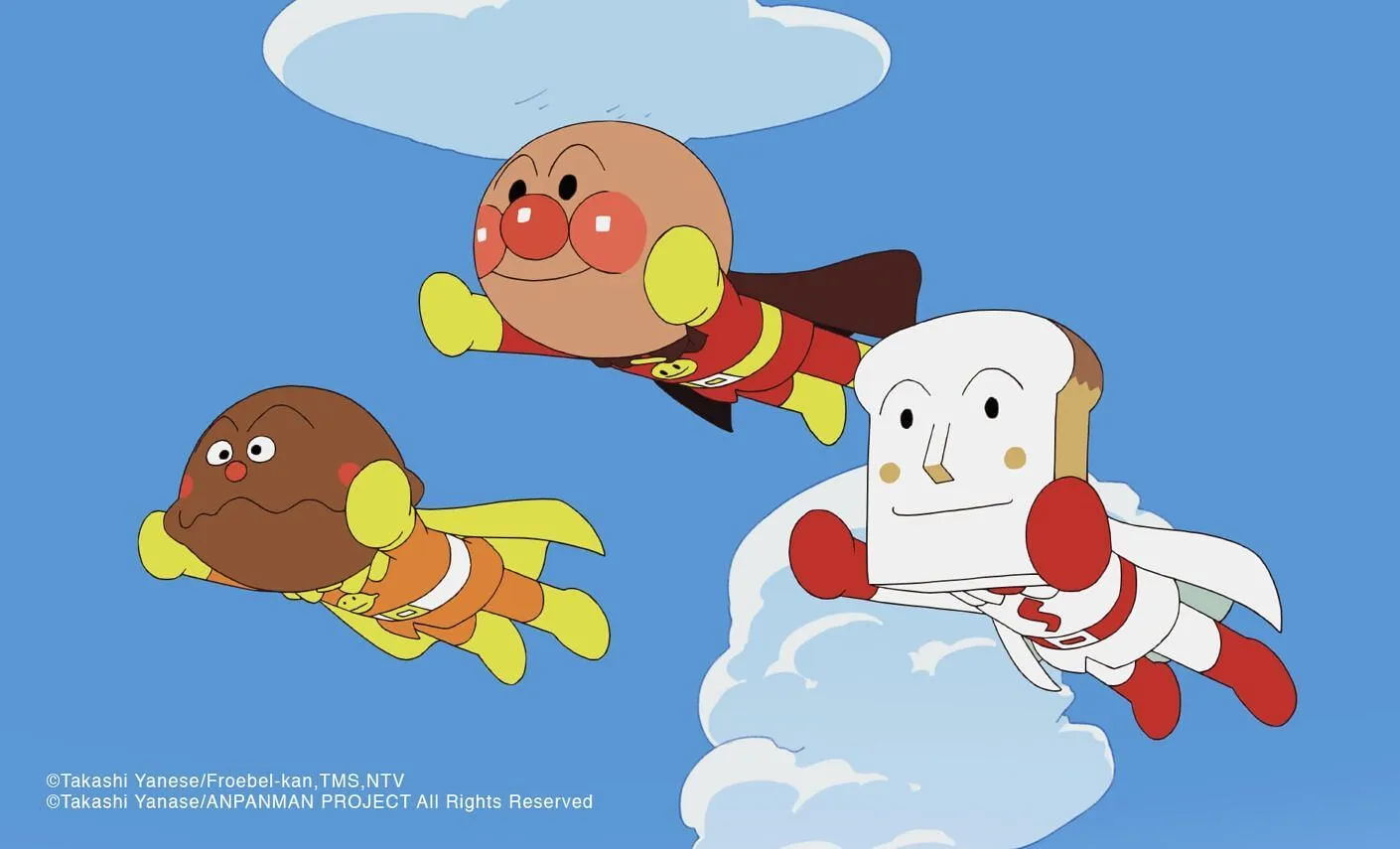
Since its debut in 1988, Anpanman, a beloved Japanese icon, has been delighting young audiences for more than three decades as one of Japan’s most renowned anime heroes. Anpanman is a superhero whose head is made of anpan, a popular Japanese sweet bun filled with red bean paste, and the series chronicles his exciting adventures.
Anpanman battles against the malicious Baikinman and aids the residents of his town. Although his head is frequently damaged in these fights, the compassionate baker Uncle Jam always bakes him a replacement, exemplifying the ideals of selflessness, assistance, and generosity.
This kids anime series, with almost 1300 episodes based on the Anpanman picture books, maintains its nostalgic retro charm, even for parents. Its short episodes, featuring simple yet memorable stories, catchy songs, and repetitive imagery, make it a beloved anime.
Kiteretsu Daihyakka
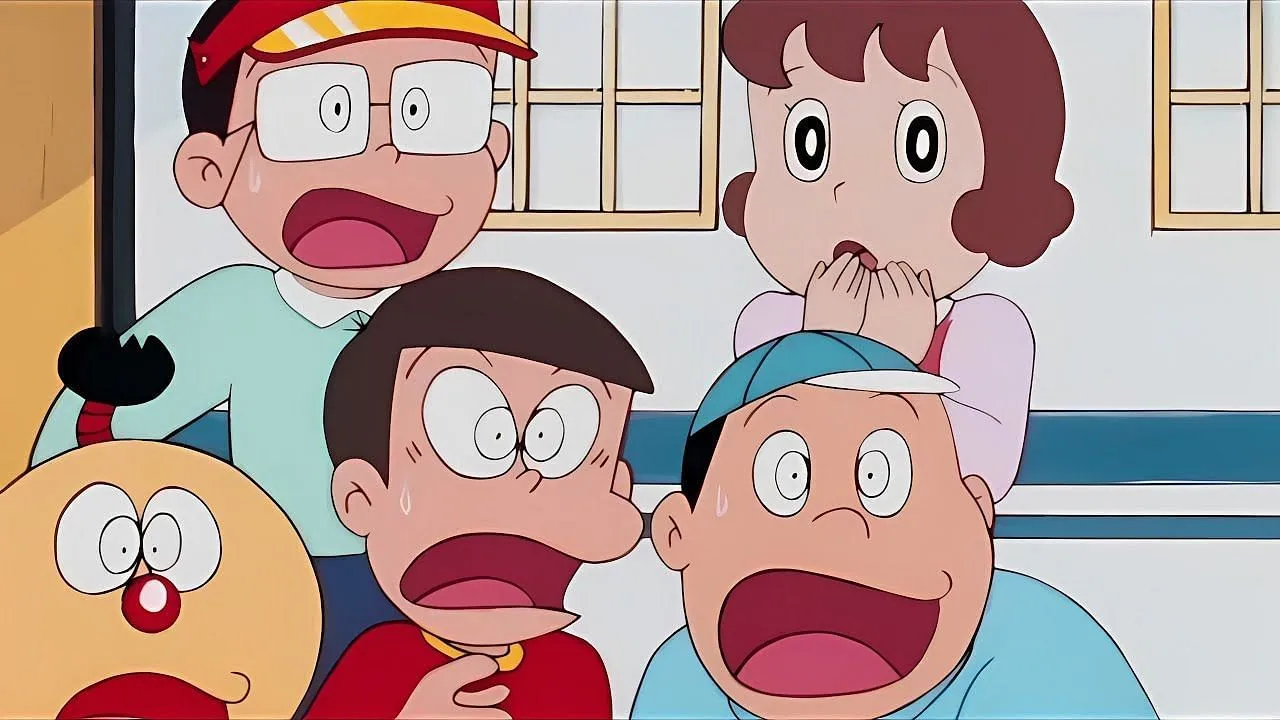
Inspired by Fujiko Fujio’s manga, the 1988 children’s anime series Kiteretsu Daihyakka depicts the adventures of young prodigy inventor Kiteretsu and his companions as they construct imaginative inventions in rural Japan during the Showa period.
Kiteretsu can skillfully create a variety of things, from useful gadgets to complex machinery, all described in his magical Encyclopedia. However, his innocent approach to science can sometimes lead to trouble, as he may unknowingly assist antagonists with his inventions before realizing his errors.
Despite its outdated visuals, Kiteretsu Daihyakka maintains a charming retro appeal that evokes feelings of nostalgia. The show’s clever and eccentric inventions explore early science fiction themes, captivating younger audiences.
Conclusion
Overall, children’s anime presents a combination of imaginative escapism and relatable narratives that mirror the experiences of real childhood.
From classic literature adaptations to original stories of enchanting journeys and humorous school experiences, beloved series such as Doraemon, Crayon Shin-Chan, and Cardcaptor Sakura thoughtfully address the challenges of childhood with wisdom and compassion.
The enduring popularity of these anime shows among people of all ages and cultures is a testament to their universal messages and themes, solidifying their status as timeless classics.




Leave a Reply